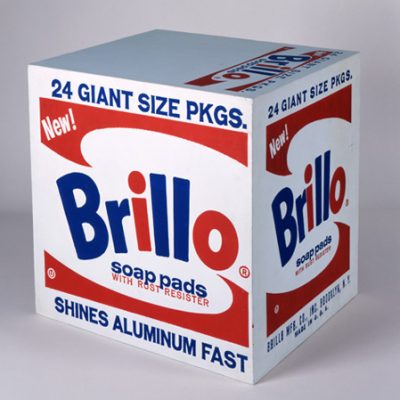What NOT to Say to an Artist

Part of the beauty (and the tribulation) of art is its subjectivity. Art, as we all know, is in the eye of the beholder. It’s no wonder then that art elicits as many opinions as there are colors. At NINE dot ARTS we encourage strong emotions: adoration, vehement hate, utter perplexity, overwhelming sadness, the deepest of belly laughs. Art should be anything but ordinary as should your reaction to it. That said, there are some things you should try to avoid saying out loud.
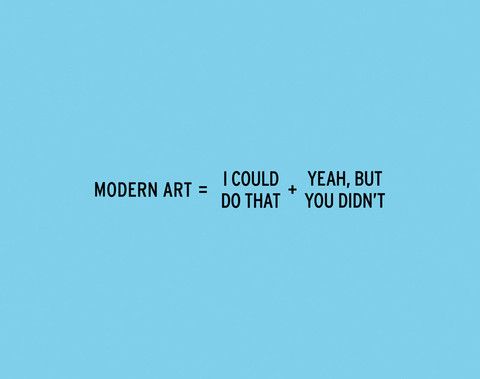
[Insert self/family/friend/pet] could do that
We’ve heard it so many times: “I could do that,” “My kid could do that,” “My dog could do that.” Modern and contemporary art often get a bad rap. We can blame art education – no one, it seems, gets taught art history past Impressionism. We can blame reduced attention spans and a lack of critical thought. We can blame our increasing dissociation with and ignorance of how things are made. But the bottom line, as artist Craig Damrauer so wonderfully says in his New Math series, is “yeah, but you didn’t.” One of the most delightful aspects of contemporary art is its creativity. Take Zoe Leonard’s Strange Fruit, an installation of over 300 orange, banana, avocado, grapefruit and lemon peels sewn and buttoned and zipped back together. Arguably anyone with a needle, thread and decent sewing skills could have made this piece. But what makes this work so iconic is that it was made in remembrance of artist David Wojnarowicz, who died of AIDS at the height of the epidemic. The piece not only functions as a memorial but also as a quiet yet striking political critique of institutional bias and ignorance.
I don’t get it/It’s stupid
Again we blame lack of education. But if you feel uncomfortable looking at or talking about art (which we totally understand), we highly recommend MCA Denver’s Art Fitness Training. With an emphasis on close observation, the program gives you a framework through which to appreciate even the most difficult and challenging art. While you don’t need to love everything you see, it’s important to give it a fraction of as much time and effort as it took to create it. After really looking and thinking about a piece you might not like, you may be able to, at the very least, appreciate what the artist was trying to do.
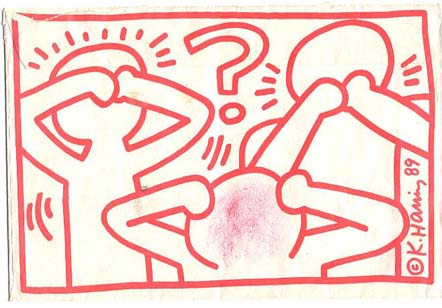
It’ll be great exposure/Can you do it for free?
Ugh, this is the worst. Exposure is what photographers do to film not what non-paid “opportunities” do for artists. There seems to be a fundamental lack of understanding in what exposure means for an artist. As you may recall from our “To Lease or Not to Lease” post, galleries do a whole heck of a lot more than hang pretty shows. They work tirelessly to build an artist’s career, collector base and reputation. They spend as much time talking up the art, selling it and strategizing next steps as the artist does in making the work itself. If your “exposure” really is a legit opportunity, it should be as much work on your end as it is on the artist’s end.
You must be rich at these prices/I’m in the wrong business
We wish! Similarly to the socioeconomics of the general population, a 1% exists among artists. But the harsh reality is that the rest of the artists must work hard, often very hard, to cobble together a living balancing art with full-time employment, side gigs and contract jobs. The price for an artwork, as we explain in our “The Art of Art Pricing 101” post, often does not go fully to the artist. There is the price to make the work and the price to sell the work. The artist always receives the price to make the work, which is usually 50% of the retail price. The remaining 50% goes to the person selling the work (artist, gallery, dealer) as it takes just as much work to sell the art as it does to make it.
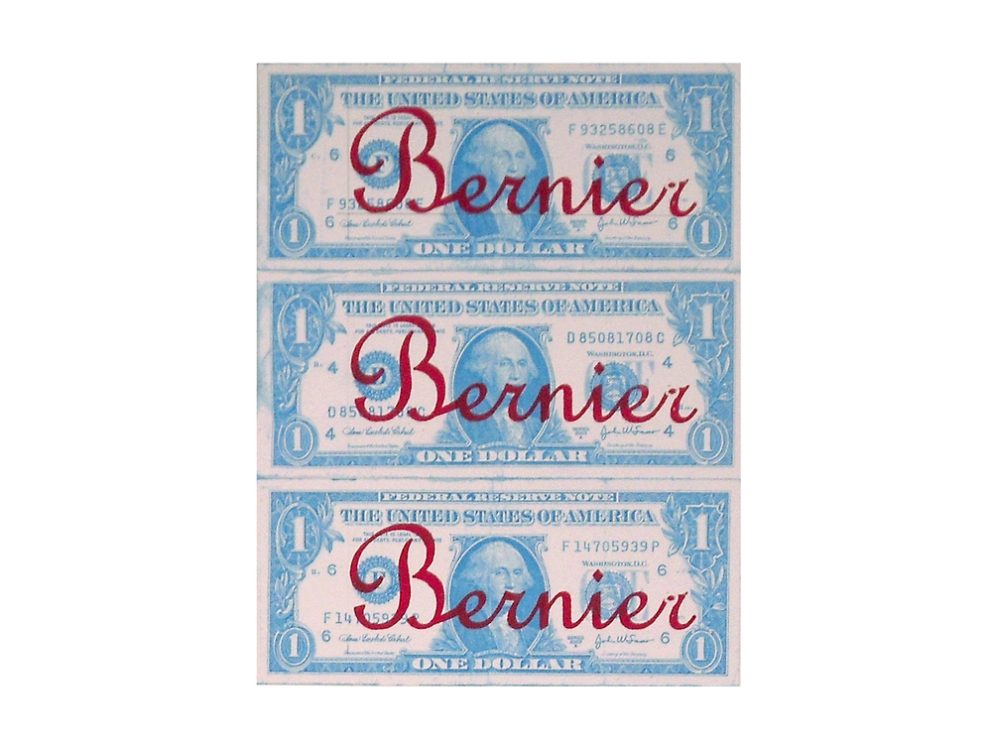
Being an artist must be so easy/fun/I wish I could just make art all day
No, sometimes and so do artists. Being an artist is crazy hard. Not only do you have to be at the top of your game artistically, you’ve got to be as creative financially. Most artists cannot live on their art sales alone. They must get jobs, apply for grants and network with gallerists, museums and fair directors across the globe. Additionally, they must grow their social media presence, update their website, manage their inventories, track their expenses with dictatorial ruthlessness. The administration alone is a full-time job, which leaves less and less time in the studio.
What’s your real job?
We’ll say it again and will continue to say it until our dying days: being an artist is crazy hard. There’s a reason why work is more than half of artwork. Working in the arts, whether as an artist, administrator, gallerist or curator, IS a real job. Still don’t believe us? Check out our “Art is not a Fluff Industry” post.
Can you make a knock off of this famous artist’s work?
Not cool. Not cool at all. Not only is this copyright infringement, its plain ignorant. It’s one thing for an artist to be inspired by a famous artist’s work and respond to it in her own unique way, but it’s quite another to rip off that famous artist’s work. We’re so adamant about this topic that we’ve written not one but two posts about it: “Design Come to Jesus or How NOT to Use Pinterest” and “Why We Won’t Go to China.”
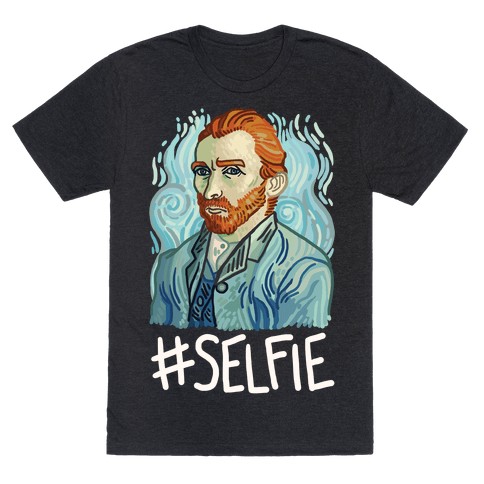
This would make a great tote bag, t-shirt, coffee mug, etc.
Sure, that may be the case, but that doesn’t mean all artists want their work plastered over every imaginable surface or proliferated to the Nth degree. Artists create Art (notice the capital A) not products. If an artist wants to license their work to a t-shirt company, she has every right to do so. But she also has a right to keep her art as a single unique object, too. The choice is up to the artist, and whatever the choice, it should be respected.
In Summation
We realize this post may come across as didactic or preachy. We 100% own this soapbox because art tells the story of humanity. We believe such a powerful and encompassing role should be respected, given its due consideration. After all, we envision a world where art is appreciated and experienced everywhere.
